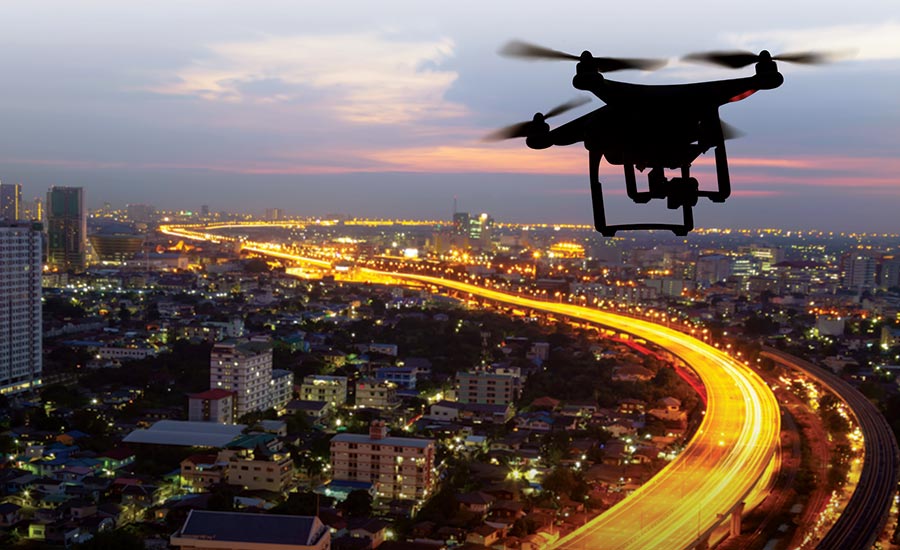Rethinking Counter-Drone Management: The Need for a Resilience Solution
Add bookmark
Effective counter-drone management is an issue of growing concern for government and critical national infrastructure bodies as the number of aerial security incidents has grown globally.
The primary focus of national and international counter-drone initiatives to date has been on developing a more effective drone safety eco-system. In particular, the licensing and regulation of drone use, educational programmes, new legislation to tackle criminal activity, and engagement with the private sector to further develop counter-drone solutions.
In the UK, especially, the Government is grappling with this issue of drone technology proliferation and the related safety and security implications. In the past few months alone, the UK Parliamentary Defence Committee initiated an inquiry into the domestic threat of drones, the Parliamentary Science and Technology Committee published a report on Commercial and Recreational Drone Use in the UK (reporting an estimated existence now of two million drone users), and the Government published its first ever strategy on drone management, the UK Counter-Unmanned Aircraft Strategy.
Of course, legislative and regulatory approaches to dealing with drones are important and need to be progressed. However, what is evident, largely by its absence in contemporary counter-drone publications, is the need to view counter-drone management in the context of broader organisational resilience planning, particularly concerning critical national infrastructure.
The concept of organisational resilience means much more than, for example, maintaining business continuity or crisis management which are single and event-focused. The British Standards Institution defines it in the following terms:
“Resilience is a strategic objective intended to help an organization to survive and prosper. A highly resilient organization is also more adaptive, competitive, agile and robust than less resilient organizations.
Organizational resilience is the ability of an organization to anticipate, prepare for, and respond and adapt to everything from minor everyday events to acute shocks and chronic or incremental changes.”
A resilience approach is especially important in the context of drone management due to the often rapidly changing threat and risk landscape attributable to the pace of evolving technological innovation. This necessitates that organisations regularly review their systems, processes, training, equipment needs, etc. – making adjustments as and when needed - to ensure that they remain as fully prepared as is possible to ensure the most effective responses to any drone-related incidents.
Failure to do so can result in unnecessary gaps and vulnerabilities developing which can render an organisation less resilient, often unnecessarily so, since there is no ‘one size fits all’ approach and technological innovation does not remain static.

Drones are a central issue on the docket for security forces, resiliency planners and governing bodies concerned with critical national infrastructure.
A recurring theme across public and private sector organisations which have experienced or are most likely to have to deal with drone incursions and other incidents - especially critical national infrastructure (CNI) - is their (over)reliance upon often expensive and complex hardware and software counter-drone technological solution. Whilst counter-drone technology may be entirely appropriate - for example, to assist in the identification, detection, tracking and defeat of drones - the technology is still very much developing in terms of its capability and is limited to its technical roles.
The limitations of technological counter-drone solutions were stark during the weaponised drone attacks against Saudi oil installations early this year in September. As the Financial Times reported at the time that “Effective protection on the scale of the Abqaiq facility, which spans several kilometres, is almost impossible. There is no technologically perfect solution to this”.
This statement rings true at several levels. Of special note here is the relative immaturity of many technological solutions that can struggle to deal effectively with even single, relatively benign drone incidents, illustrated by drone incursions experienced by a number of airports worldwide
Additionally, by their very nature, technological approaches are limited to such roles as the detection and tracking of drones, making no provision for dealing with broader resilience issues such as minimising business disruption, the effective management of people, the deployment of assets, or the de-conflicting of stakeholder interests.
In part 2, we will examine key factors that a counter-drone resilience solution should consider.

























